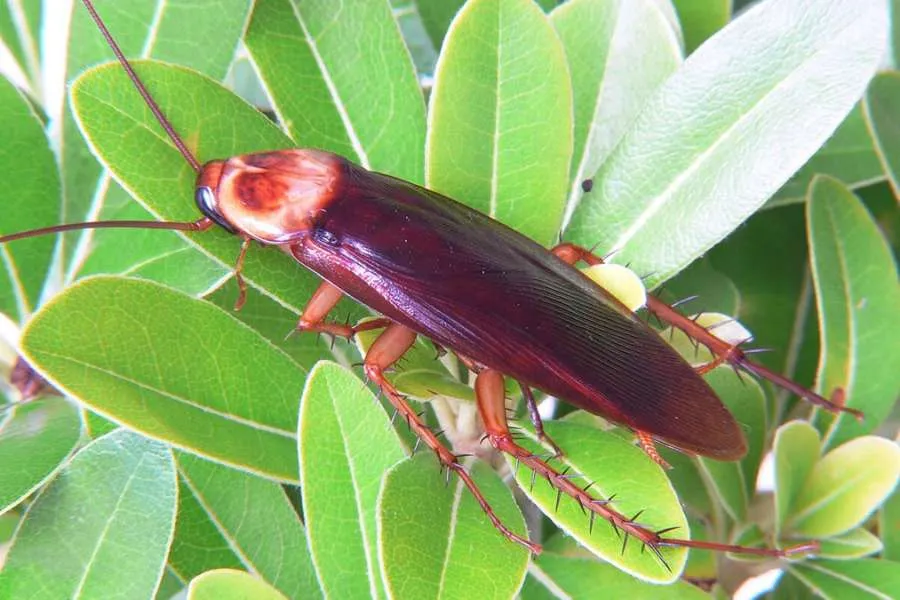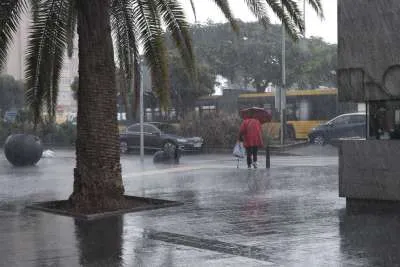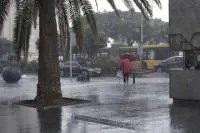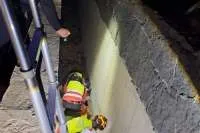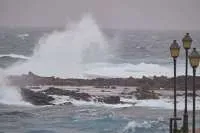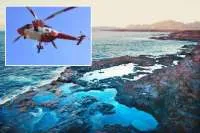Experts warn of giant ‘American Cockroach’ spreading across the Canary Islands
- 30-10-2025
- National
- Canarian Weekly
- Photo Credit: Wikipedia
Experts are warning of the growing spread of the American cockroach (Periplaneta americana) across the Canary Islands, describing it as a larger, more resilient, and potentially more hazardous species than those typically found in Spanish homes.
According to a report by pest control company Anticimex, this invasive insect has now been detected in 88% of Spain’s provinces, including the Canary Islands. Only Álava, Ávila, Segovia, Soria, Teruel and Zamora remain free from confirmed activity.
The study, led by experts Carlos Pradera and Erik Rodríguez, is the first to provide a detailed map of the species’ presence and expansion across the country, showing that it has become firmly established in the Canary Islands, Balearics, and much of the Mediterranean coast.
A decades-long invasion
Although the Periplaneta americana was first introduced to Spain in the 18th century, its expansion has accelerated dramatically over the past 50 years. Once confined to ports and coastal cities, it has now been detected even in central urban areas such as Madrid.
The cockroach thrives in warm, humid conditions, making the Canary Islands particularly vulnerable, and experts believe climate change is fuelling its rapid spread by extending breeding seasons and boosting reproduction rates year-round.
Spain’s most common urban pest
Cockroaches remain the number one pest in Spain, accounting for 42% of all pest control interventions in 2024, ahead of rodents (25%). Between January and May 2025, infestations rose by 20% compared to the same period the previous year.
The three most common species found in Spanish cities are:
- German cockroach (Blattella germanica) – usually found in kitchens and restaurants.
- Oriental cockroach (Blatta orientalis) – common in basements and drains.
- American cockroach (Periplaneta americana) – the largest and most aggressive, capable of flying short distances on warm, humid nights.
A resilient and hazardous pest
The American cockroach can grow up to 5 centimetres long, live for nearly two years (up to 706 days), and move extremely quickly, making it one of the hardest species to eradicate.
Its preferred habitat is in sewer networks, where it thrives in damp, dirty environments with easy access to homes and businesses through pipes and drains. As it moves through these areas, it can:
- Spread pathogens that cause salmonella, dysentery, and gastroenteritis.
- Trigger allergies and asthma through droppings and shed skin particles.
“This is one of the most difficult species to control,” warns Carlos Pradera, spokesperson for Anticimex. “Its ability to survive in unsanitary environments and resist conventional treatments makes its spread almost unstoppable.”
Prevention advice for homes and businesses
To reduce the risk of infestation, experts recommend:
- Keeping kitchens and storage areas clean and dry.
- Storing food in sealed containers.
- Cleaning under and behind appliances.
- Fixing leaks and damp areas.
- Sealing cracks and access points in walls and floors.
- Disposing of rubbish regularly.
Despite these measures, professionals warn that once established, infestations usually require expert intervention. Companies use sustainable and advanced pest control technologies to help ensure safe, hygienic environments across the Canary Islands and beyond.
Other articles that may interest you...
Trending
Most Read Articles

Featured Videos
A Vision of Elvis Tenerife Promo
- 10-05-2025
TEAs 2025 Highlights
- 17-11-2025


